The genus Sewellia includes the most popular and probably most beautiful of all hillstream loaches: Sewellia lineolata (see https://www.aquariumglaser.de/en/fisharchive/sewellia-lineolata-2/). Enthusiasm for this fish continues to this day. Scientifically, considerably more species of Sewellia are known; a total of 18 species have been described to date, but the status of some species from Vietnam, which were named in a book on the fishes of Vietnam in 2006, is unclear, as the descriptions are not very informative and are accompanied by very poor pictures.
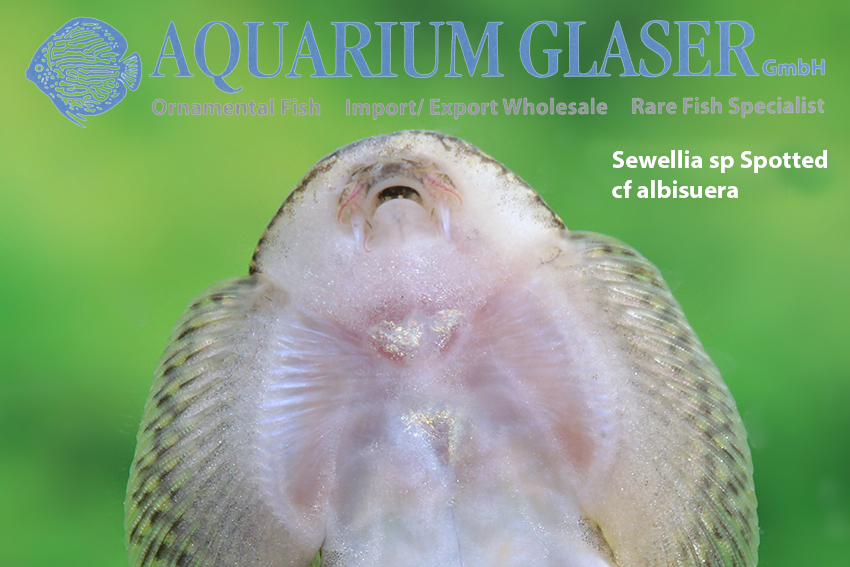
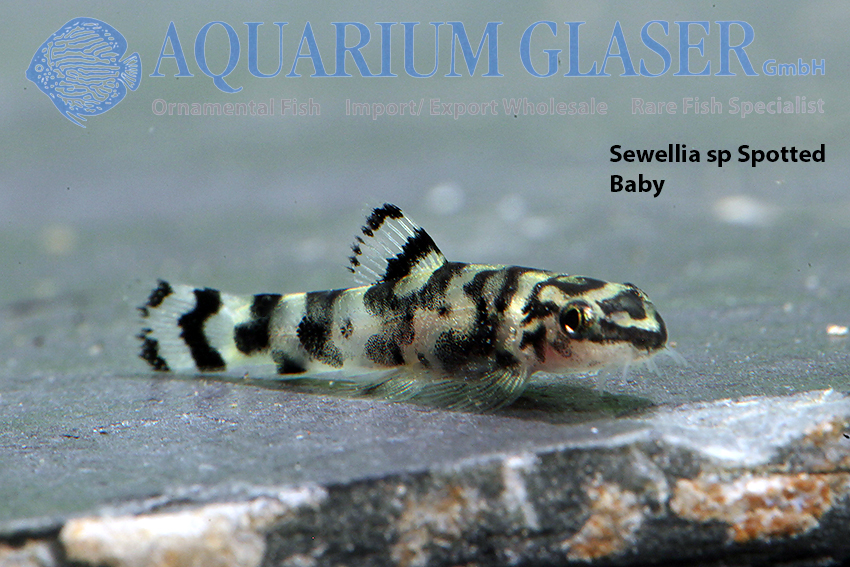
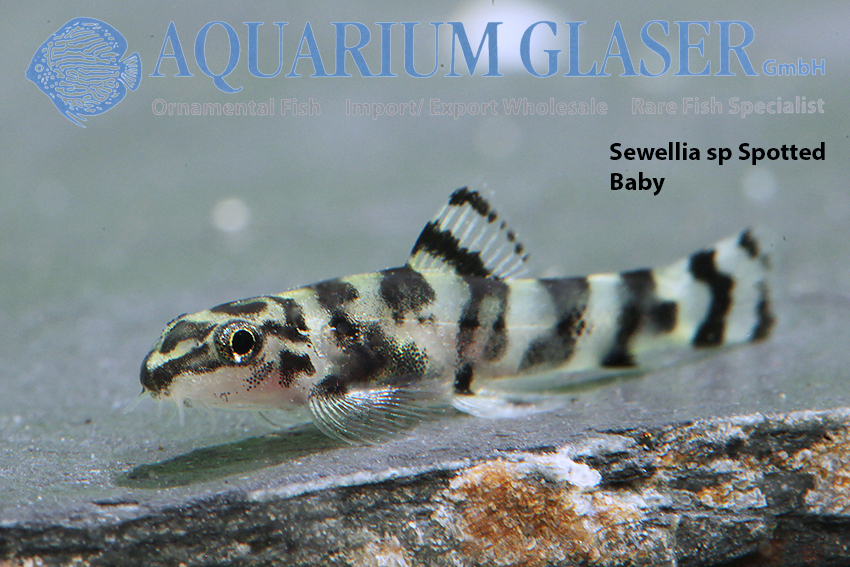
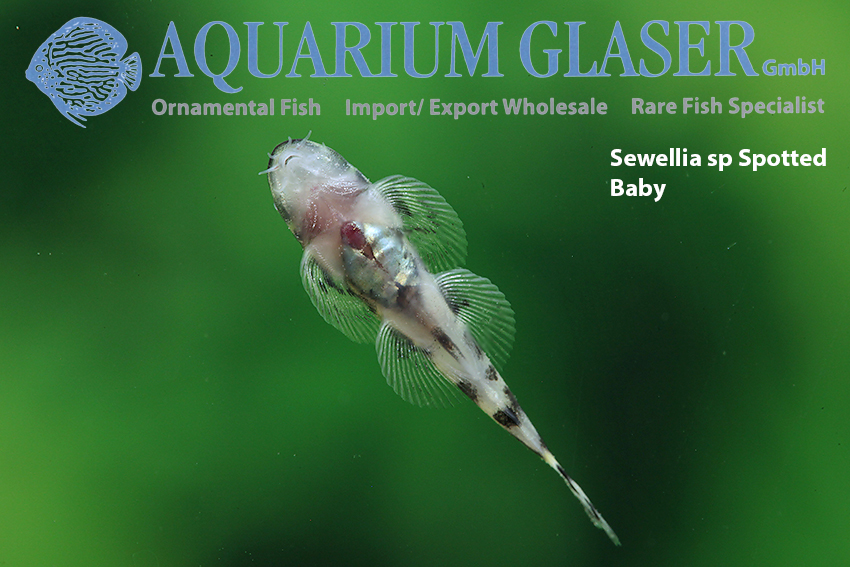
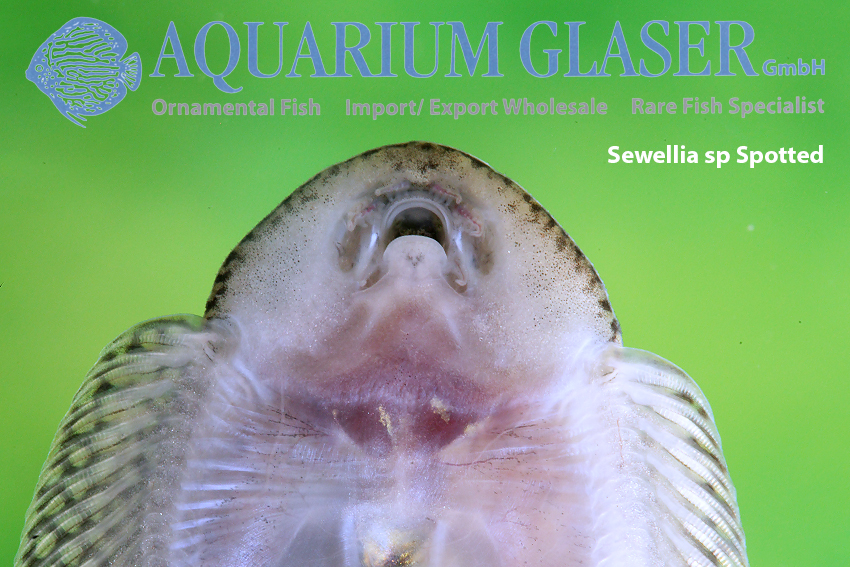
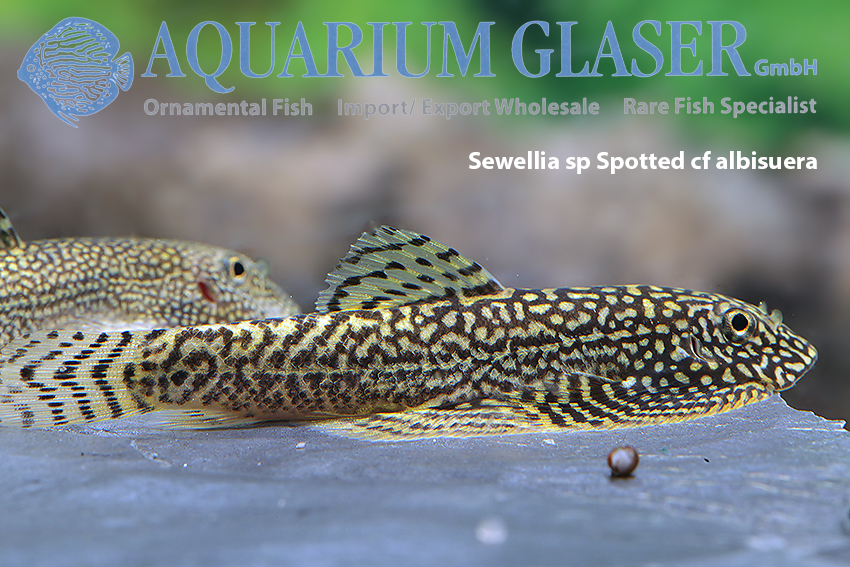
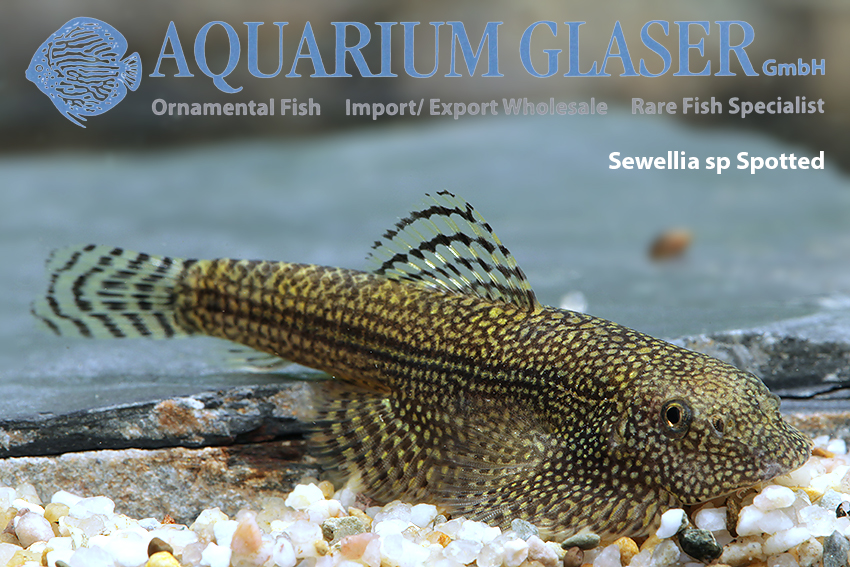
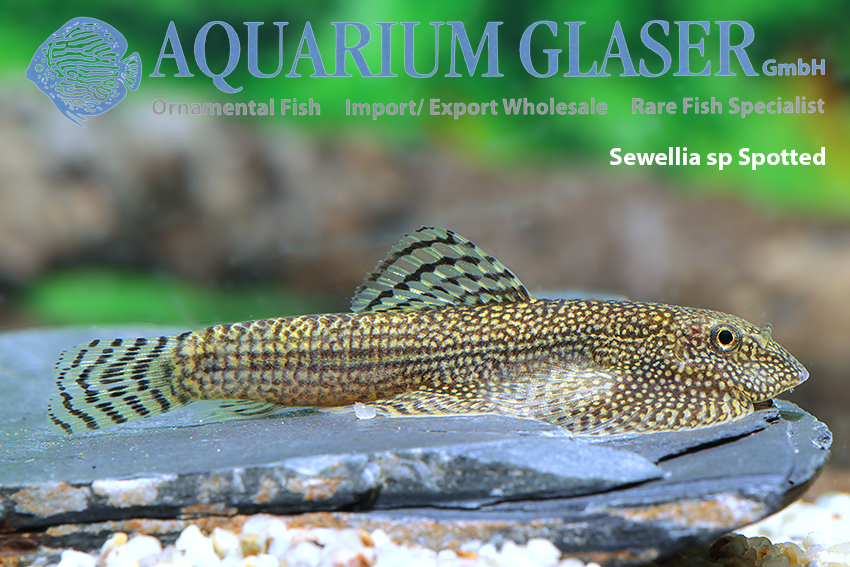
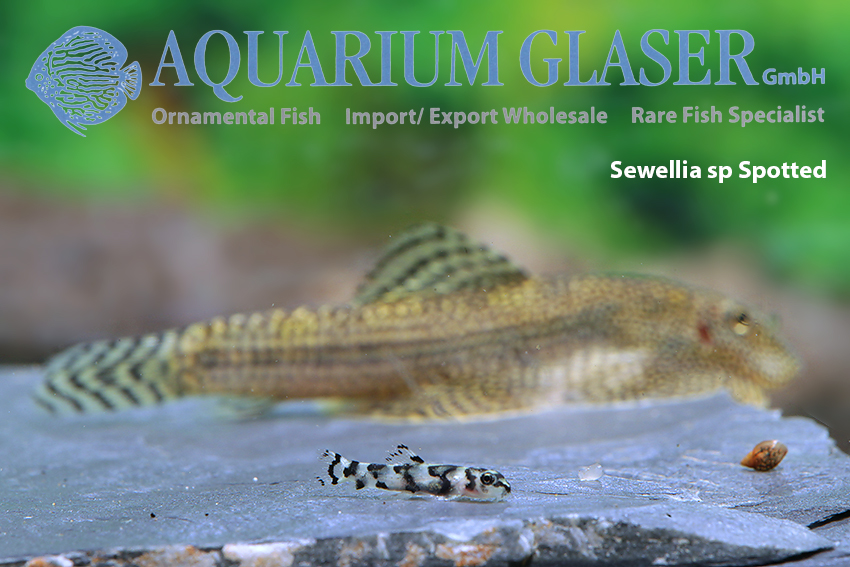
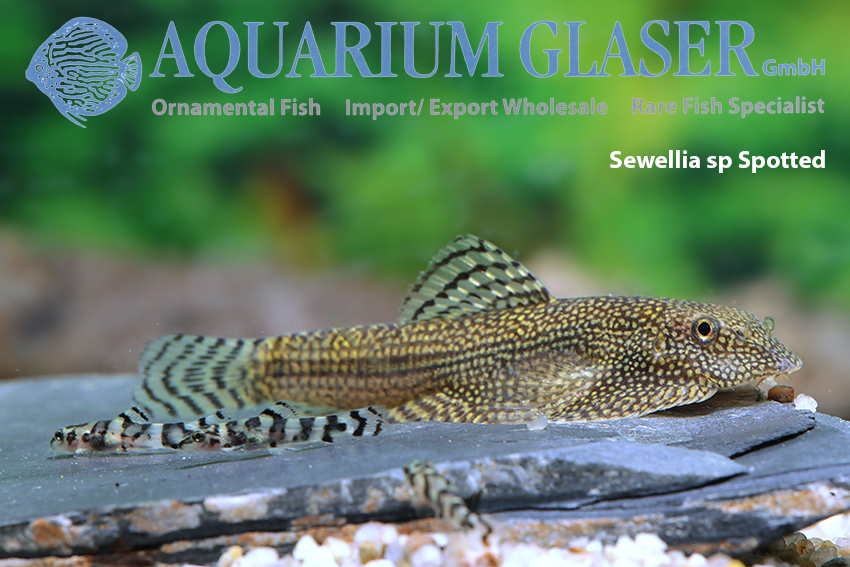
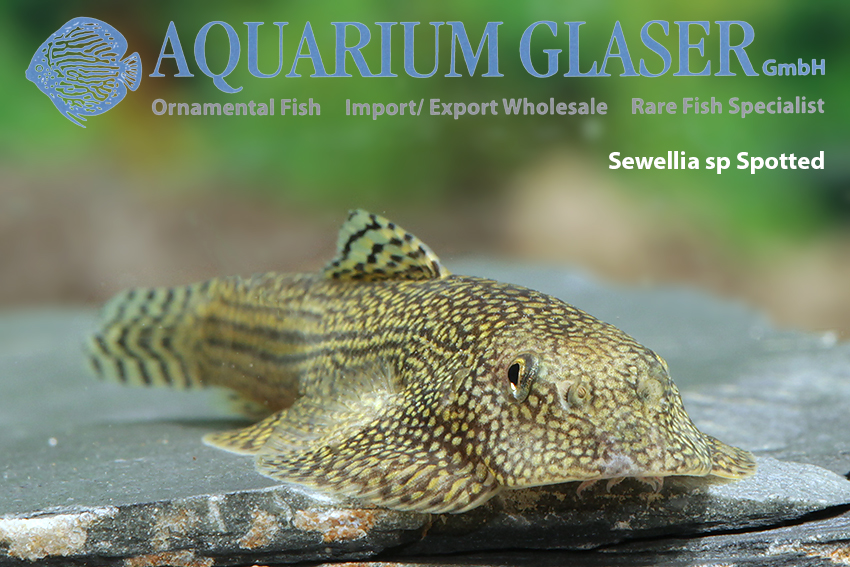
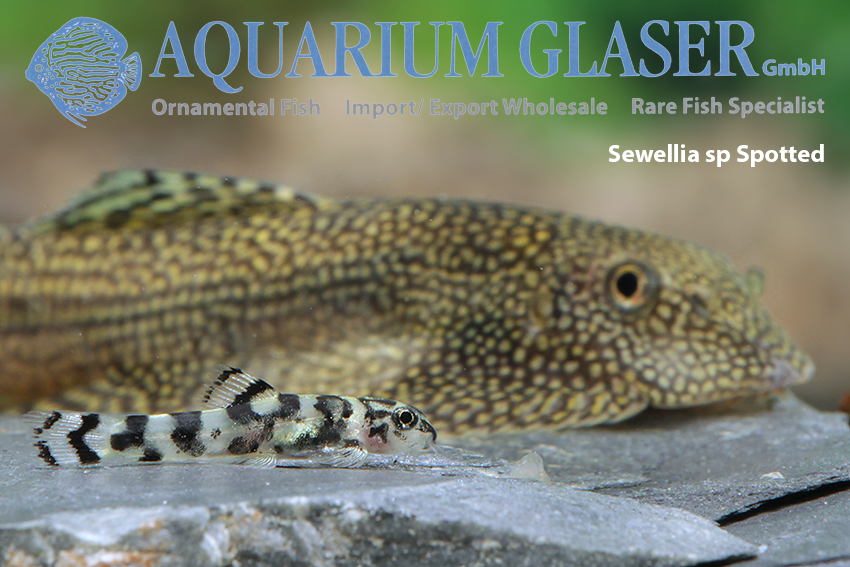
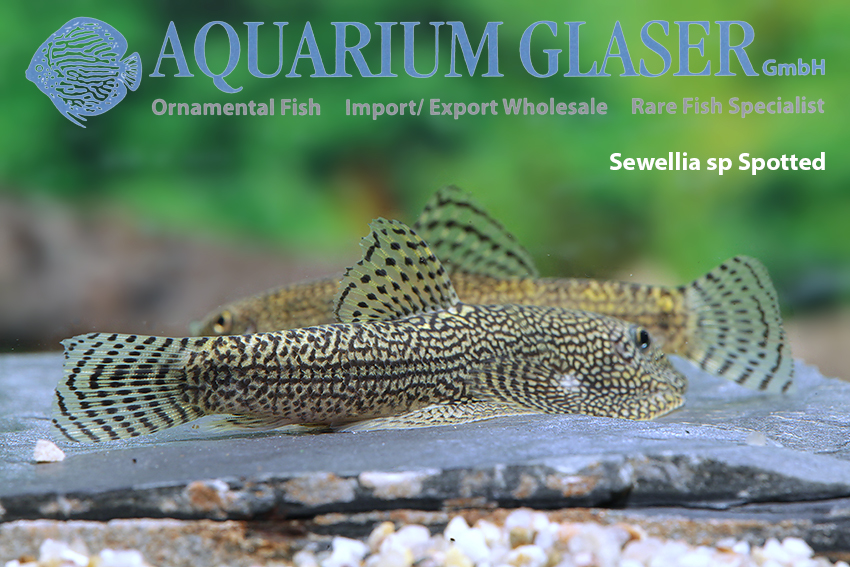
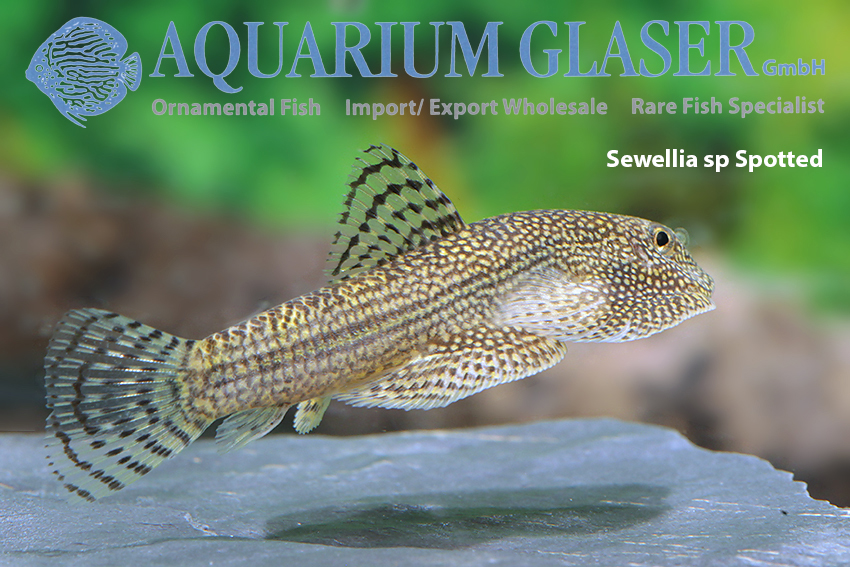
For example, it is not yet clear whether the Sewellia sp. Spotted from Quang Nam Province in central Vietnam, which is popular in the hobby, belongs to a scientifically new species or whether it is possibly identical to one of the three species named in the above-mentioned book, S. monolobata, S. polylobata or S. tetralobata. Maurice Kottelat, probably the best loach expert of our time, assumes that S. monolobata and S. polylobata are the same species. As a “first reviser”, he selects S. monolobata as the valid name for this case. Kottelat considers S. tetralobata to be a synonym (a more recent second description) of Sewellia albisuera.
We cannot decide or clarify these matters here; what is interesting is that among our currently imported S. sp. spotted is a specimen that corresponds very well with S. albisuera. It should also be noted that S. albisuera lives in the same river as the well-known S. lineolata. However, these two species are ecologically distinct. S. albisuera is adapted to very strong currents, S. lineolata is not.
So let’s just stick with the name Sewellia sp. Spotted or Sewellia sp. SEW01, as the species is also known among loach enthusiasts. This species, which grows up to around 6-8 cm long, is just as easy to keep in the aquarium and reproduces just as readily as S. lineolata. What the animals need is oxygen-rich, clear and low-germ water, a good current, regular partial water changes, water temperatures in the range 22-26°C and an aquarium richly decorated with stones. The water hardness and pH value are of secondary importance, extreme values should be avoided. The animals are uncomplicated omnivores and will accept all common live, frozen and granulated foods of a suitable size in addition to aufwuchs. They prefer to spawn in coarse gravel, but in our fishhouse they also make do with the coarse-pored filter sponge. And so one day the cute, black and white ringed young of this species appeared among their parents, uncles and aunts, who completely ignore these pretty little creatures.
For our customers: Sewellia sp. Spotted has code 455072 (md) to 455075 (xlg-sh) on our stocklist. Please note that we only supply wholesale.
Text & photos: Frank Schäfer




